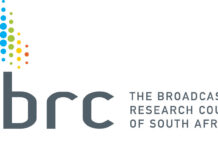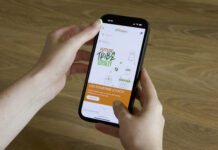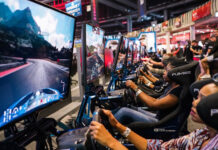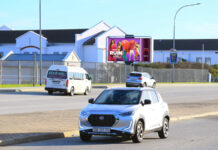South African consumer brands, like their counterparts in other parts of the world, face an uphill battle in meeting the growing expectations of their customers. They operate in a world where consumers continually want more convenience, more choice, lower prices and a better experience.
According to GfK’s Retail Trend Monitor 2017, a 51-country survey of retailers and industry experts, convenience of the shopping experience (89%) is the leading driver of current retail developments, but personalised marketing and the seamlessness of the cross-channel experience will gain in relevance.
Against this backdrop, manufacturers and retailers understand that the power rests in the shoppers’ hands in a world of global competition, always-on connectivity and on-demand services. Brands need to fight hard for every customer conversion, then battle to retain each customer they have won.
No brand has a free pass to success and no business model is guaranteed to survive. There is a long list of local and international brands who have not managed to adapt to global competition and digital disruption, and many more are feeling the competitive pressure from competitors like Takealot.
Disruption will accelerate as trends like the Internet of Things and virtual/augmented reality become more mainstream.
No matter which sector a retail or manufacturer operates in, whatever its scale or geography, each consumer brand must constantly re-evaluate its strategies and tactics to ensure it wins the connected shopper’s business. This is about focusing on the right touchpoints at the right moment throughout the consumer’s whole omnichannel path to purchase.
Brands that are serious about conquering the connected shopper must understand today’s retail environment and anticipate tomorrow’s trends to plan and prepare for the future.
Two different routes to purchase
In the future, shopping will either be functional, rational and efficient, or it will need to offer an emotional connection or be an experience. Our global research points to two potential future scenarios for retail in the connected world. What is common to both approaches is that shoppers are front and centre, and has more control than ever before of how they shop and what they buy.
- 1. Staying in
Consumers will order more and more of the products they need from a PC or smartphone. In the future, smart home sensors may take over some of the functional aspects of shopping, automatically ordering and replenishing basic supplies as they run out. Consumers will meanwhile use virtual and augmented reality to try on clothes, trial appliances and test drive cars – all from the comfort of their homes.
- 2. Going out
Shopping at the malls will become hyper-convenient, super-fast and really simple with in-store GPS navigation, pick up points, automated payments (no queues) and minimal browsing in the future. Mobile phones will have a key role to play, becoming hand-held shopping trip assistants. Retailers will also offer experiences that blend socialising and entertainment. The smartphone will connect the personalised digital and physical retail world, for chatting, browsing, sharing experiences and payment.
Getting up close and personal with the connected shopper
Every connected consumer and every purchase is different. Having an in-depth customer understanding is essential to offer shoppers the all-important personalised product or service and to anticipate their needs to increase their basket size and grow loyalty. For a 360° perspective, brands need to evaluate the key target audience segments in detail.
How do they behave, what are their need states, how can a brand meet their expectations? With more consumers than ever saying they feel overwhelmed by choice, understanding and helping shoppers find the products they really want will become a core tenet of the successful retailer.
Relevance and persuasion will become more important as key success factors. As a result, many retail marketing budgets are shifting to content and attribution marketing to be closer to the shopper during the moments that matter. The focus will be less on where the purchase happens, and much more on how one can influence it.
About GfK
GfK is the trusted source of relevant market and consumer information that enables its clients to make smarter decisions. More than 13,000 market research experts combine their passion with GfK’s long-standing data science experience. This allows GfK to deliver vital global insights matched with local market intelligence from more than 100 countries. By using innovative technologies and data sciences, GfK turns big data into smart data, enabling its clients to improve their competitive edge and enrich consumers’ experiences and choices. www.gfk.com/en-za/
About Sally Rothman, Director: Director Retail Shopper & Consumer Panel at GfK South Africa
Sally Rothman’s enquiring mind has inspired a 35-year career in market research, during which time she has developed expertise across a range of research methodologies and product groups. As a director at GfK, she played a key role in setting up the 3000-household shopper panel as well as custom panel services that deliver a single, holistic source of shopper information. Sally has a passion for helping companies use data to drive the growth of their businesses and has deep expertise in the FMCG sector.




















































































